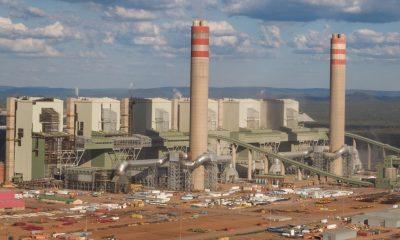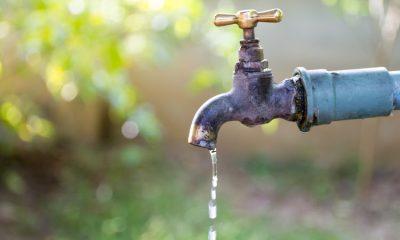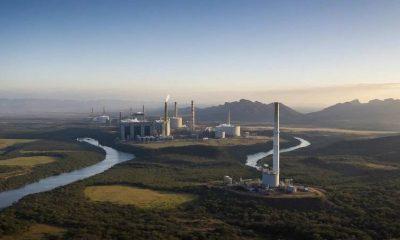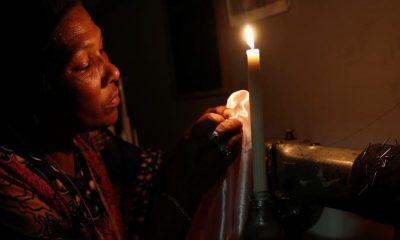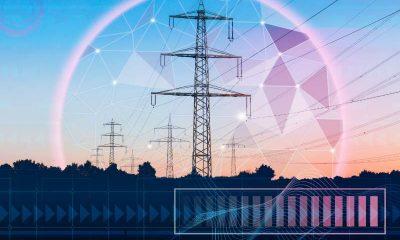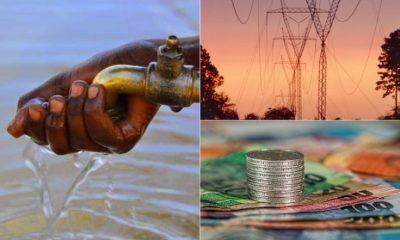411
South Africa Faces a Gas Cliff: Minister Ramokgopa’s Dire Warning
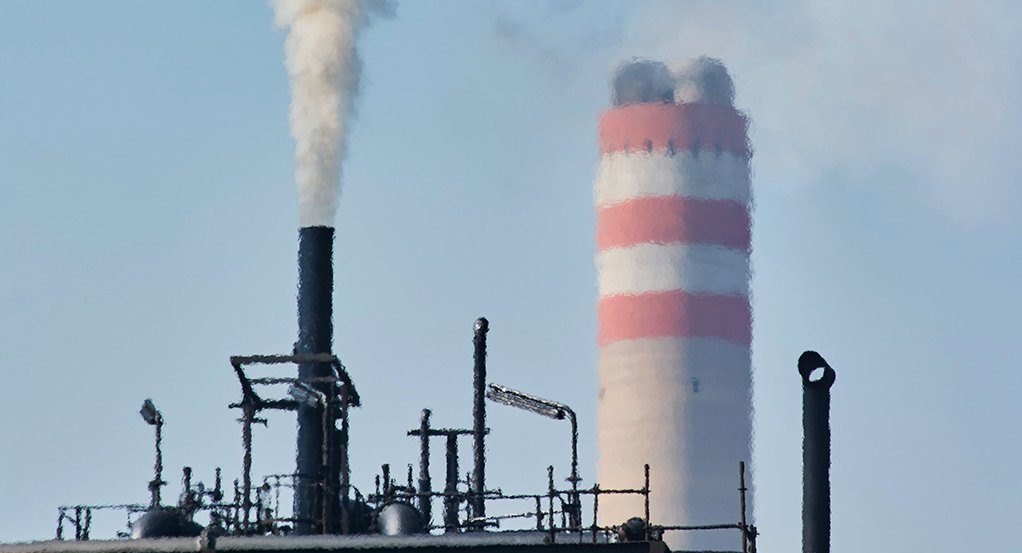
South Africa’s Energy Future Hangs in the Balance
South Africa is teetering on the edge of a major energy crisis, with Electricity Minister Kgosientsho Ramokgopa issuing a stark warning about a potential natural gas shortage in the next 30 months. Dubbed the “gas cliff,” this impending crisis threatens to undermine 5% of the nation’s GDP and could result in the loss of hundreds of thousands of jobs.
The Root of the Crisis
South Africa’s reliance on natural gas from Mozambique is at the heart of the problem. Energy giant Sasol, which currently supplies gas to South Africa via pipeline, is facing declining production from its Mozambican fields. By 2027, this dwindling supply could leave the nation’s energy-dependent industries scrambling for alternatives.
Natural gas is not just a commodity; it’s a cornerstone for South Africa’s industrial sector. Factories, power plants, and other heavy industries rely heavily on gas, making this crisis a potential economic catastrophe.
The Government’s Plan to Bridge the Gap
Recognizing the urgency, South Africa is exploring alternative sources of natural gas. Among the most viable options is importing liquefied natural gas (LNG) from Qatar, a global leader in LNG exports.
Minister Ramokgopa recently met with Qatari officials to discuss a commercial agreement involving Sasol and Eskom to secure LNG supplies.
“We are engaging with gas-intensive users to assure them we are working on the supply. We are likely to hit a gas cliff in 30 months, and 5% of the country’s GDP is at great risk as a result,” said Ramokgopa.
Infrastructure Development for LNG Imports
To facilitate LNG imports, South Africa is fast-tracking infrastructure projects:
- Port of Ngqura LNG Terminal:
The Transnet National Ports Authority has invited proposals for the construction of a terminal in the Eastern Cape, aimed at bolstering the country’s import capacity. - Richards Bay LNG Terminal:
A consortium was appointed earlier this year to develop an LNG terminal on the East Coast. Expected to be operational by 2028, this terminal is a critical part of the nation’s energy strategy.
Despite these efforts, tight timelines and high stakes leave little room for delays.
What’s at Stake?
The looming gas shortage could have devastating consequences:
- Industrial Disruptions: Factories and businesses dependent on natural gas may face closures or reduced operations.
- Job Losses: Thousands of workers in gas-reliant industries could lose their jobs.
- Economic Impact: A 5% hit to the GDP would be a severe blow to an already fragile economy.
A Call for Long-Term Energy Planning
The crisis highlights South Africa’s urgent need for long-term energy planning. While LNG imports may offer a temporary solution, the country must also invest in sustainable alternatives to secure its energy future.
“This crisis underscores the need for balancing industrial demands with a transition to more sustainable energy sources,” said Ramokgopa.
With just 30 months to avoid the “gas cliff,” South Africa is racing against time to secure its energy future. The government’s success in navigating this crisis will determine whether the nation’s economy can stay on course or face severe disruptions.
As industries and households await clarity, the spotlight is firmly on South Africa’s energy policymakers to deliver innovative and timely solutions.

